The significance of this message is that I needed something to fill this space … plus I believe the words speak for themselves! It appears to me that too many people get excited to take action, seeking to shortcut the process. Then there are those who go through the process of preparing endlessly, as they fear pushing the “GO” button. Success comes from a combination of both … Preparing and Acting!
Otherwise, these print items I’ve gathered together are ones that I don’t believe I’ve ever shared previously … and I need to get them off of my computer’s hard drive, as it’s on overload. AND, it’s unlikely that any of what’s displayed below would have come about without Preparation and Action by at least one person!
These first three items — pages from two radio station brochures and what I believe is a newspaper story — were given to me by Bob Carpenter, one of the two gentlemen who founded WHFS in Bethesda, Maryland … who provided me with my first full-time radio industry job.
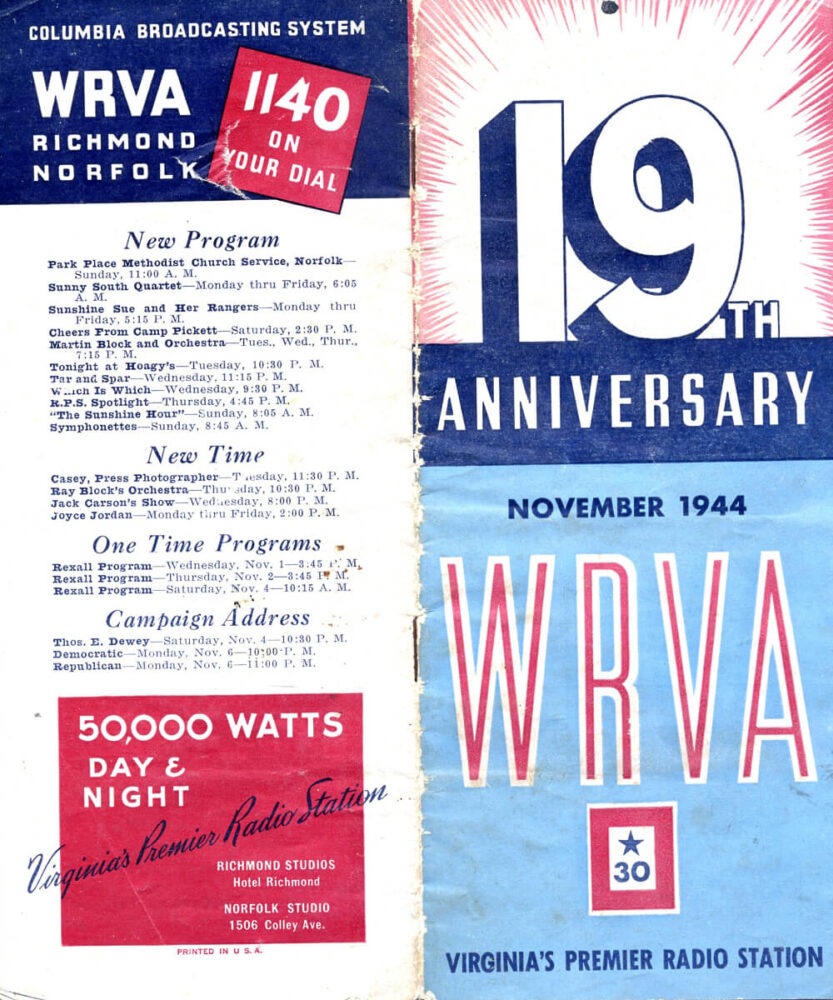
WRVA is still the state of Virginia’s only 50,000-watt clear channel AM station. And this promotional story about Arthur Godfrey from March 1945 came after he’d been waking up the Nation’s Capital region for a good many years, yet before he’d become a national radio and TV celebrity.
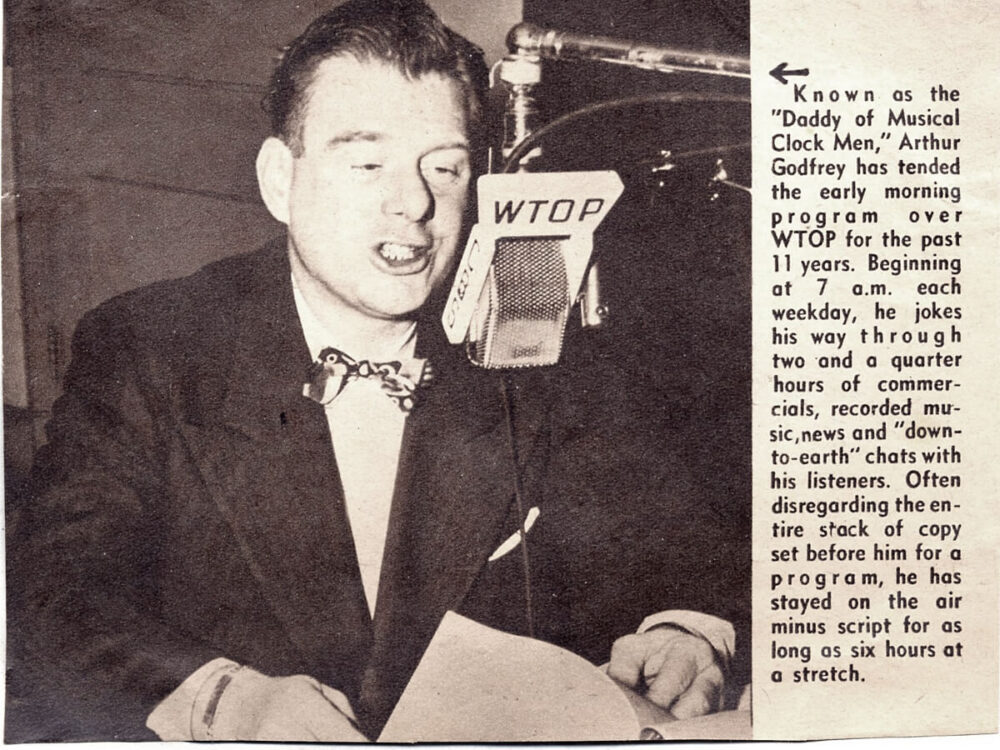
At this time, WINX-AM was a low-powered station owned by the Washington Post newspaper. How much of the station’s programming was devoted to classical music, I really do not know. What I do know is that within a couple of years from this 1947 brochure, the Post would sell it and acquire from CBS ownership of WTOP. The call letters of this station would soon be changed to WOOK and is not the station that would become Washington’s full-time classical station, which was launched on different frequencies with the call letters of WGMS. The WINX call letters would end up on an AM station up at 1600 Kc. licensed to Rockville, Maryland.
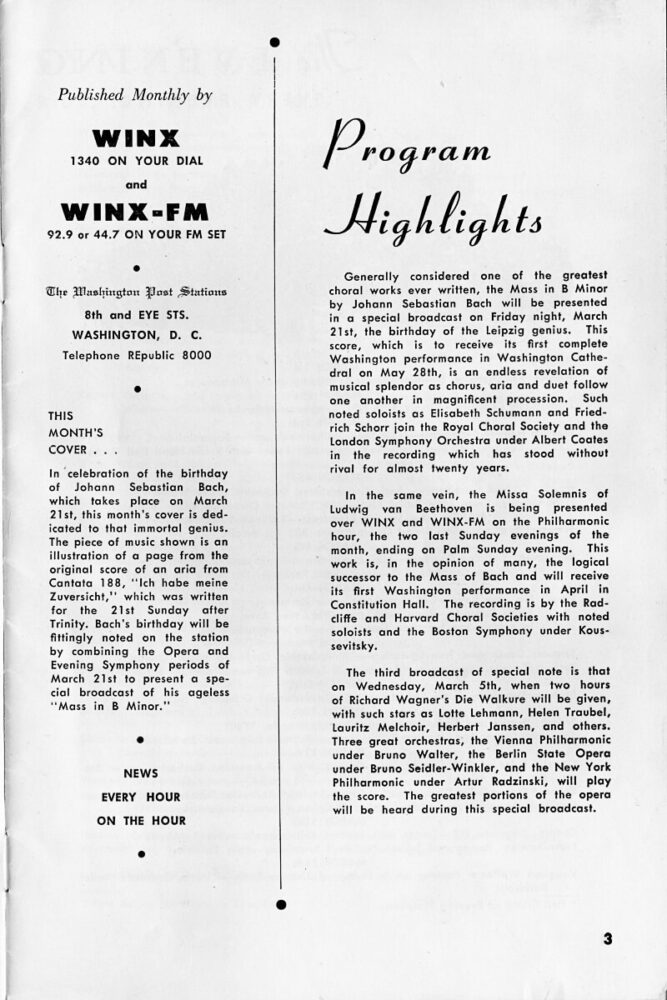
I probably shared some of this story before, likely in my memoir (if you haven’t read it and would like to, read on to the end of this Musings to find a special offer!) — it comes from John Bisset’s long-running Radio World Workbench feature, published in March 2007:
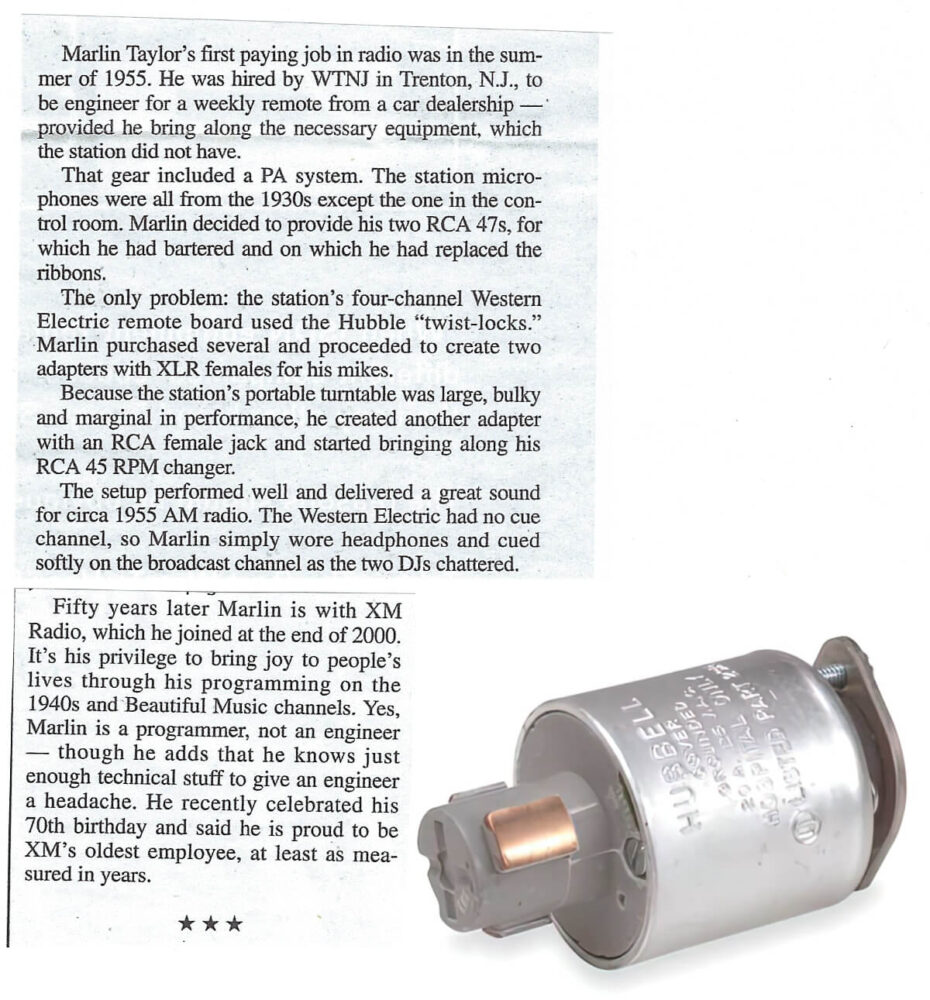
Continuing chronologically, we jump ahead 15 years, during which Marlin spent three years in the U. S. Army and progressed through several positions in radio to arrive in New York City.
The ad on the left appeared in the Advertising News of New York publication in January of 1970. Even though WRFM had been on the air for several years, it spent most of its life as one of New York radio’s unknowns! All of a sudden, in a matter of a few months, it leaps into the upper ranks of the radio audience ratings — calling for explanation and justification … to assure advertising time-buyers that this was not one more ratings survey flunks.
The ad to the right appeared in an issue of the Standard Rates and Data Service directory, which provided information about and the advertising rates for most every radio station of any note in the nation, directed to the national advertising time-buying community.
By the middle 1970s, I was no longer managing WRFM … rather had transitioned to launch Bonneville Broadcast Consultants for the purpose of packaging WRFM’s musical programming and related guidance materials and information for use by our parent company’s — Bonneville International Corporation — six other FM stations. We quickly realized it only made sense to offer our services to stations in non-competing territories … in doing so, we’d eventually be serving well over 100 client stations, including stations in Canada, Australia, and Mexico. This required added staffing and needing more space; it was agreed that we had no need to remain in the high rent and tax district, better known as Manhattan, so we re-located to suburban northern New Jersey.
As part of the move, we further upgraded our tape mastering facilities — here’s what our main mastering studio looked like once all the new gear was installed.
And, this ad was placed in several radio industry trade publications, emphasizing that our programming was loved by a large segment of the population in any community of any size across the nation.
I share this photo, taken in the later 1970s when Johnny Mathis hosted a Valentine’s Day special for our stations because it has a current-day aspect. Johnny was to present a concert at the Strathmore Music Center in Montgomery County, Maryland, located just outside the District of Columbia. Since I lived just a few miles away, I was looking forward to a reunion of sorts. As you likely realize, the Covid-19 pandemic postponed the event. It is re-scheduled for this September and, even though I now live three-plus hours away, I plan to be there.
As I wrote some time back, please pray that both Johnny and Marlin are able to be there this September, as by then both of us will be 86!
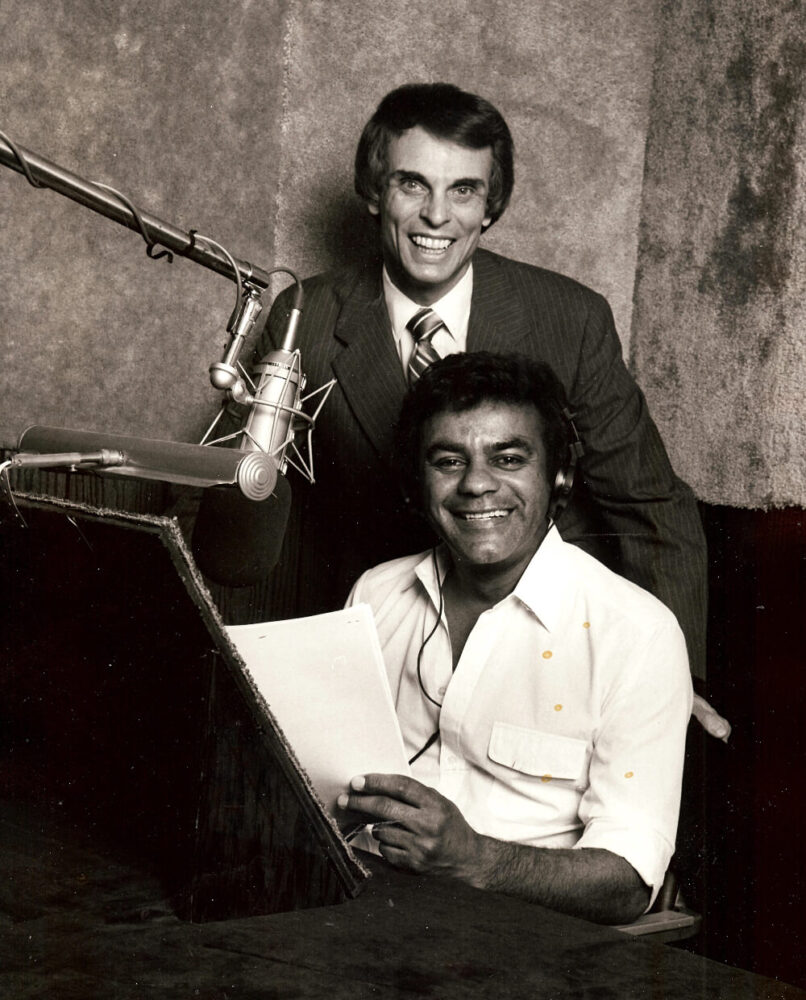
Now, if you feel I haven’t shared a sufficient amount of meaningful, useful information … here’s some on a sign which I spotted in front of a bar in Rangeley, Maine, when we visited that area a couple of years ago!

Finally, let me leave you with a thought to ponder — do you find yourself feeling this way at times? How about more these days that at times in the past? Let me know your thoughts.

INTERESTED? If you’ve not read my memoir and would like to learn about my career, which spanned 60 years, plus several interesting facts about radio history, here’s an opportunity to receive your own copy absolutely free: Send your name and complete postal mailing address to me at marlin@marlintaylor.com … if you are among the first 20 to do so, a copy will soon be on the way!



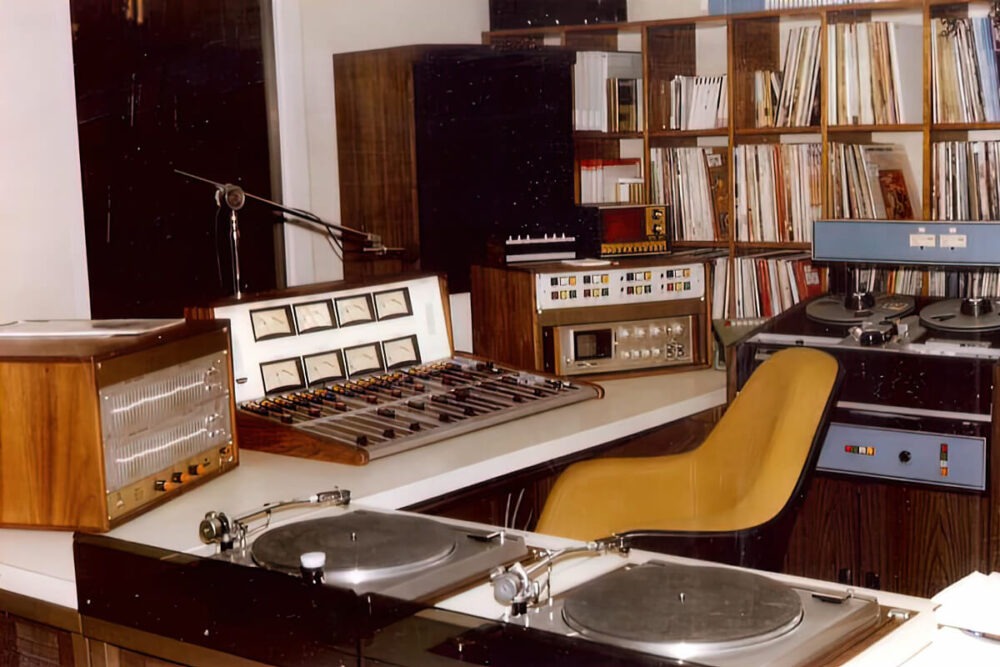
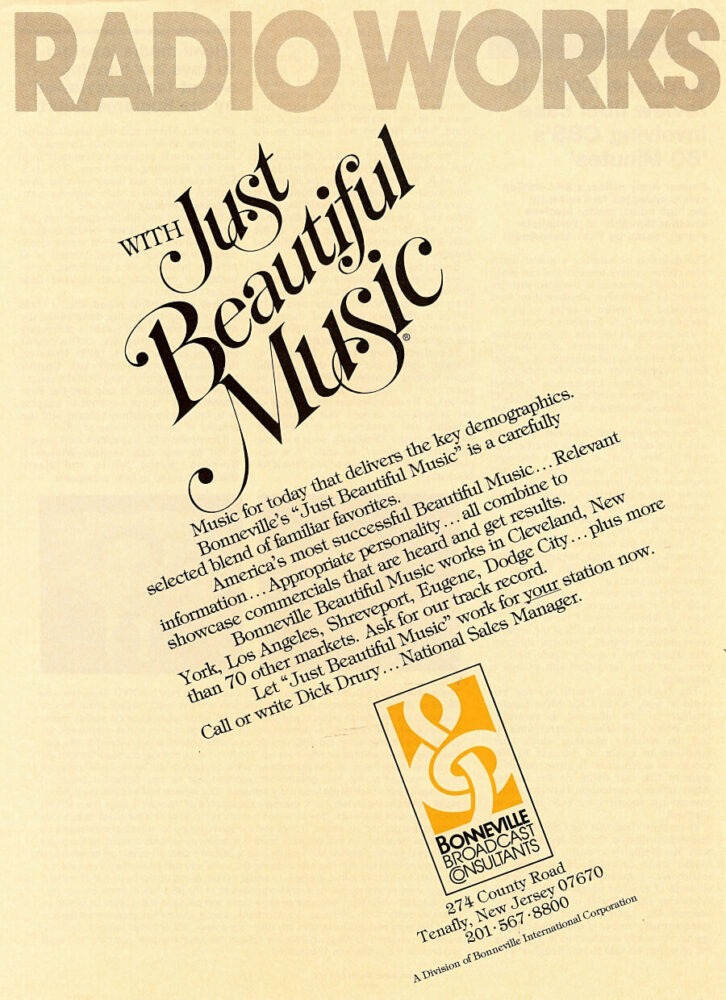



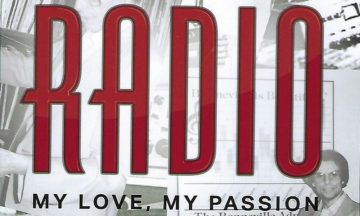

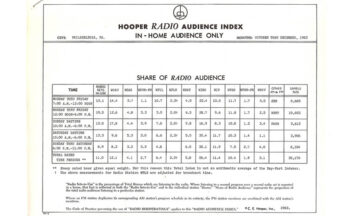


Marlin,
The WINX-FM ad shows the station's frequencies as 92.9 and 44.7. To what does 44.7 refer?
Roddy Freeman
Roddy, if you look at the numbers on the dial of the receiver pictured at the top … that’s a receiver for the 40 MHz range, where – as described in the article – was originally authorized to operate. Immediately following the end of WWII, the FCC moved the FM broadcasting allocation up to the present 88 – 108 MHz space.
There were a few early broadcasters, such as the WINX-FM owners, the Washington Post, elected to continue transmitting on the old frequency to continue serving those who owned the early receivers … while beginning to transmit on their slot in the new FM band, for which new receivers were required.